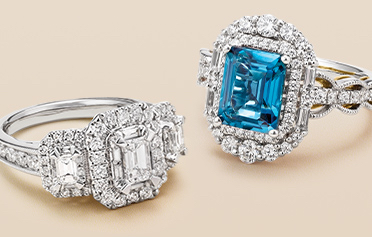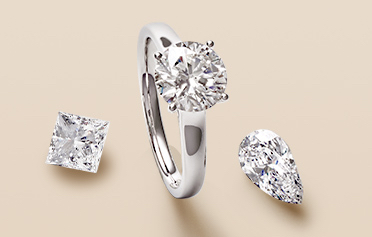all about lab grown diamonds
Lab grown diamonds are a brilliant marriage of beauty and science. What takes the earth billions of years to create scientists can now create in only a few months! From their chemical composition to the way they sparkle in the light, lab grown diamonds are real diamonds, and there's one out there that's been created

3 quick things about lab grown diamonds

real diamonds
Chemically, physically & visually, lab grown diamonds are identical to natural diamonds.

absolutely gorgeous
Lab grown diamonds offer the same jaw-dropping fire, brilliance & scintillation as natural diamonds.

more love for your budget
Lab grown diamonds offer incredible value, giving you more sparkle for your spend.
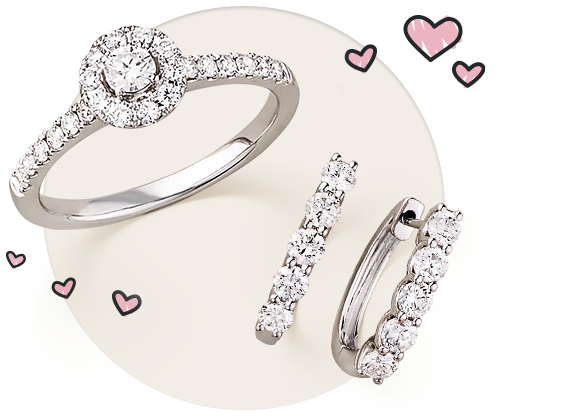
what are lab grown diamonds?
Lab grown diamonds are real diamonds that happen to be created in a lab. Using advanced technology in a highly controlled environment, scientists are able to successfully mimic the same process the earth uses over billions of years to create natural diamonds. From their chemical composition to the way they shimmer and shine in the light, lab grown diamonds are identical to natural diamonds in every way. The only difference is their origin story.
And just like natural diamonds, no two lab grown diamonds are the same, which means that no matter which one you choose, you'll be picking a one-of-a-kind diamond meant
how lab grown diamonds are made
There two main ways to make a lab grown diamond: High Pressure High Temperature (HPHT) and Chemical Vapor Deposition (CVD).
During the HPHT process, pure carbon and a tiny piece of diamond (referred to as a starter seed) are placed in a high pressure, high temperature chamber. As the carbon is heated, it melts around the starter seed and a diamond is created.
A diamond made using CVD begins with placing a narrow slice of diamond seed in a sealed chamber. By filling the chamber with hydrocarbon gas mixtures and ionizing them with lasers, microwaves and other tools, the molecular bonds in the gases are broken and the pure carbon sticks to the diamond seed.
Both techniques successfully replicate the same diamond-making process that happens inside the earth with natural diamonds. The rough diamond is then cut and polished to meet our exacting standards.
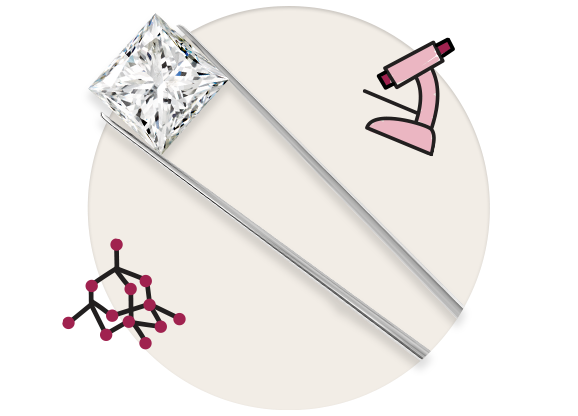

buying with confidence: lab grown diamond certification
Not all lab grown diamond certifications are created equally. Just like natural diamonds, there are many diamond labs that grade lab grown diamonds. Helzberg Diamonds partners with the independent, internationally-recognized GCAL (Gem Certification & Assurance Lab) to objectively analyze your engagement ring's center stone using the strictest standards in the industry. What's more, our status as American Gem Society (AGS) members means that our standards of quality are so exacting that we frequently reject diamonds that have been certified by these grading labs.
learn more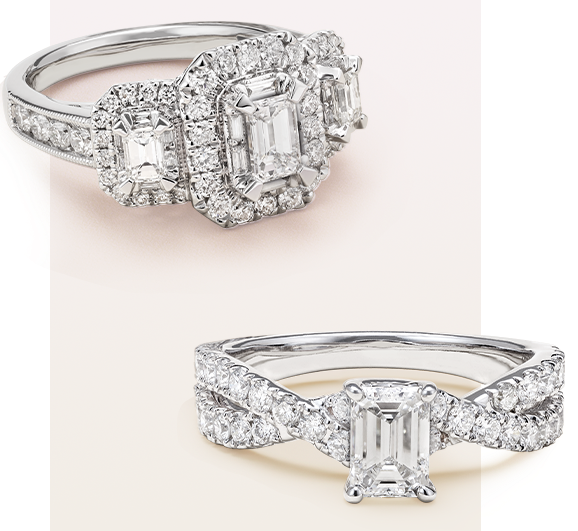
lab grown diamonds vs natural: what's the difference?
The primary difference between lab grown diamonds and natural diamonds is their origin story. Natural diamonds were formed over billions of years in the heart of the earth. Lab grown diamonds are created in a laboratory from diamond seeds. Natural diamonds do contain tiny amounts of nitrogen, whereas lab grown diamonds do not. Plus, lab grown diamonds typically have better clarity than natural diamonds.
On the whole, however, both natural diamonds and lab grown diamonds possess the same physical properties, chemical make-up, optical brilliance and quality. Both are created using high pressure and heat to bond carbon atoms into the crystallized structures that eventually become the gorgeous gems you know and love.
learn morequality of lab grown diamonds
Since lab grown diamonds are real diamonds, you determine their quality the same way you would for a natural diamond — by using the 4Cs: Cut, Color, Clarity and Carat Weight.
The 4Cs are the universal standards that assess the quality of any diamond. By learning the 4Cs, you'll be well on your way to understanding a lab grown diamond's quality!
learn more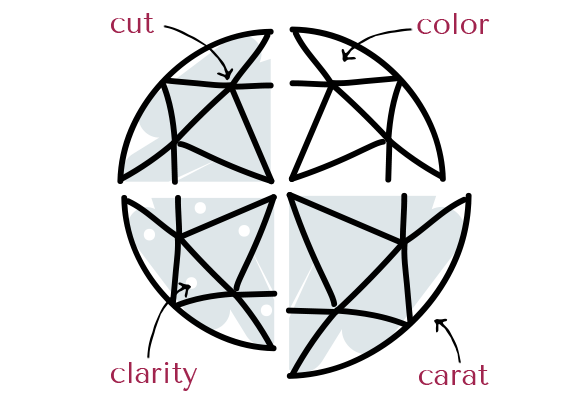
create your own lab grown engagement ring
Customize a one-of-a-kind Helzberg engagement ring or stunning piece of jewelry using dazzling lab grown diamonds.
get started

schedule an appointment
Need help shopping for a lab grown diamond? Our jewelry experts are here to help! Schedule a virtual or in-store consultation with a Helzberg Diamonds Associate to receive the personalized advice you need.
schedule nowfrequently asked questions
One common misconception is that lab grown diamonds are fake. They are not! They possess the same chemical make-up, crystalline structure and optical and physical properties as mined diamonds. It is impossible to tell them apart with the naked eye. Both diamonds have the same sparkle and they reflect light exactly the same brilliant way. They sparkle and shimmer like the real thing because they are the real thing.
Unlike diamond simulants like cubic zirconia, lab grown diamonds are real diamonds. Cubic zirconia is a man-made cubic crystalline form of zirconium dioxide. It's not a diamond at all. Authentic diamonds like lab grown diamonds are made of carbon.
Neither lab grown diamonds nor natural diamonds are superior to the other. Both are real diamonds that offer different things to different people. Some may love the fact that a lab grown diamond offers you a bigger look at a more affordable price. Others may appreciate how rare and finite natural diamonds are. To get a closer look at the differences between the two diamond types, check out our breakdown of lab grown vs. natural diamonds.
more advice
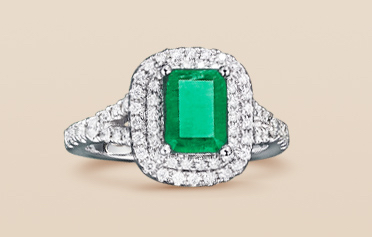
alternative engagement rings
From morganite to sapphire, there's a gemstone out there for everyone.
learn more















